

— Blogs —
—Products—
 Consumer hotline +8618073152920
Consumer hotline +8618073152920 WhatsApp:+8615367865107
Address:Room 102, District D, Houhu Industrial Park, Yuelu District, Changsha City, Hunan Province, China
Product knowledge
Time:2024-10-27 16:48:48 Popularity:861
Small-scale PV weather station is a meteorological monitoring equipment designed for small-scale PV power stations (such as home solar power systems or small commercial solar power stations). It can provide real-time meteorological data to help users understand the meteorological conditions around the PV power plant, so as to optimize power generation efficiency and improve system performance.
The small PV weather station is equipped with a variety of sensors for measuring key meteorological parameters that affect the performance of the PV system:
- Measured parameters: total radiation, direct radiation, scattered radiation
- Function: Measures the total energy of the sunlight hitting the ground, distinguishes between direct and scattered light, and is used to assess the power generation potential of the PV panels.
- Temperature Sensor:
- Measuring parameters: air temperature, PV panel surface temperature
- Function: Monitors the ambient air temperature and the surface temperature of the PV panels, as temperature variations affect the PV conversion efficiency.
- Wind speed and direction sensors:
- Measuring parameters: wind speed, wind direction
- Function: Measure wind speed and direction. Wind speed affects the heat dissipation of PV panels and wind direction affects the optimal orientation of PV panels.
- Measurement parameters: relative humidity
- Function: Measures the moisture content in the air. Humidity may affect the cleanliness and conductivity of the PV panel surface.
- Measuring parameter: Precipitation
- Function: Monitors the amount of rainfall. Rain can clean the PV panels, but may also affect their performance.
- Barometric pressure sensor:
- Measured parameter: atmospheric pressure
- Function: Measurement of atmospheric pressure, which can affect temperature and wind speed, and thus indirectly affect PV power generation.
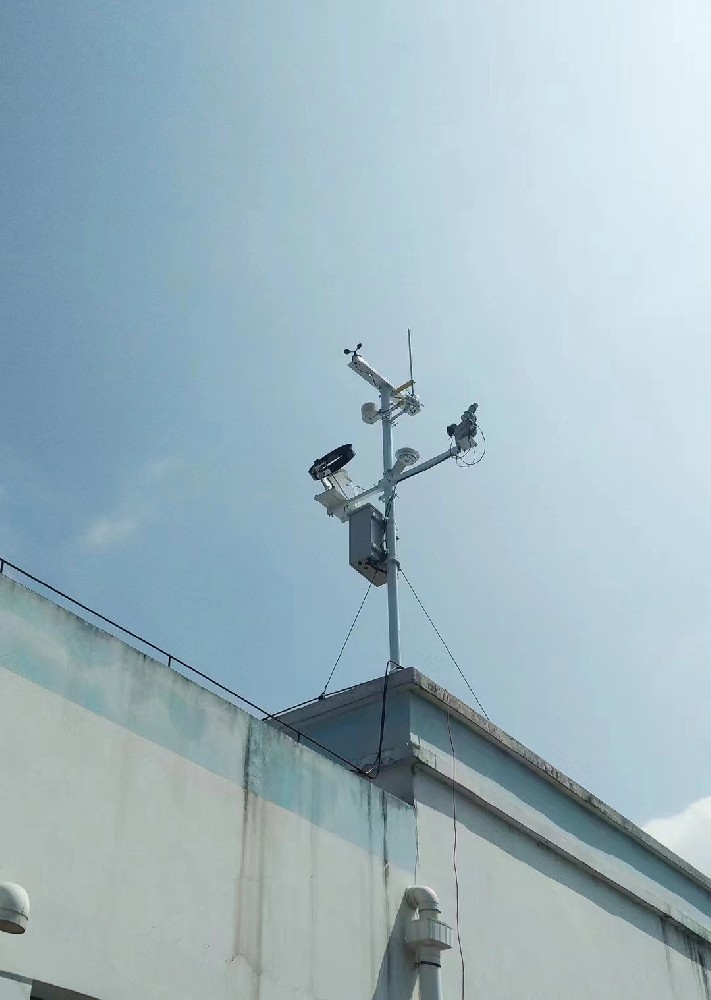
- Fully automatic sun tracking technology: Through dual positioning of sensors and GPS, the sun position is accurately captured to improve the accuracy of radiation measurement. This is essential for optimizing the tilt and azimuth angles of the PV panels.
- Solar power supply system: Built-in wide-temperature colloidal maintenance-free battery ensures long-term stable operation of the weather station in the field or without utility power, and adapts to extreme weather conditions.
- Data transmission system: supports 4G/5G data uploading automatically, users can remotely monitor the data through the cloud platform or dedicated APP, realizing instant data analysis and equipment management, improving operation and maintenance efficiency, and reducing operation costs.
- Outdoor special waterproof and anti-corrosion chassis and bracket: to ensure the durability of the equipment in harsh environments and the reliability of the data.
- Embedded operating system: adopts advanced data processing technology, simplifies the operation interface, and facilitates users to grasp and use it quickly.
- Support for extended sensors: According to different monitoring needs, the small PV weather station may support extended sensors, such as increasing the monitoring of soil temperature and humidity, air quality and other parameters to provide more comprehensive environmental data.
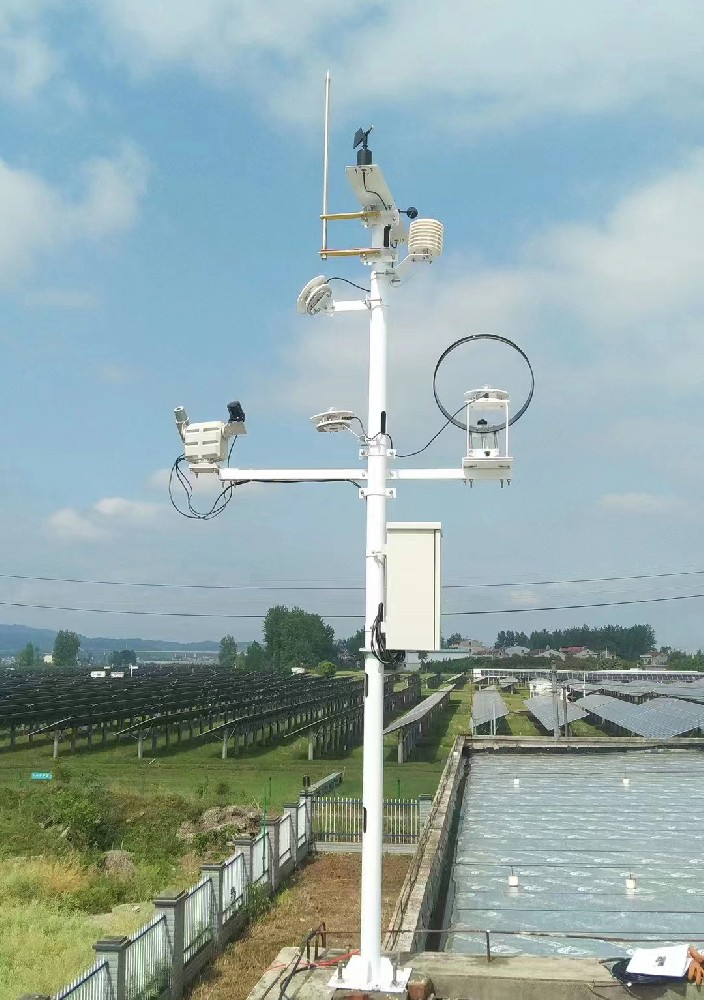
- Function: responsible for receiving signals from sensors, and data processing, storage and transmission.
- Mode: such as solar power supply system or other power supply modes to provide stable power support for the whole weather station.
- Characteristics: Solar power supply system usually includes solar panels, charge controllers and batteries to ensure continuous operation even without utility power.
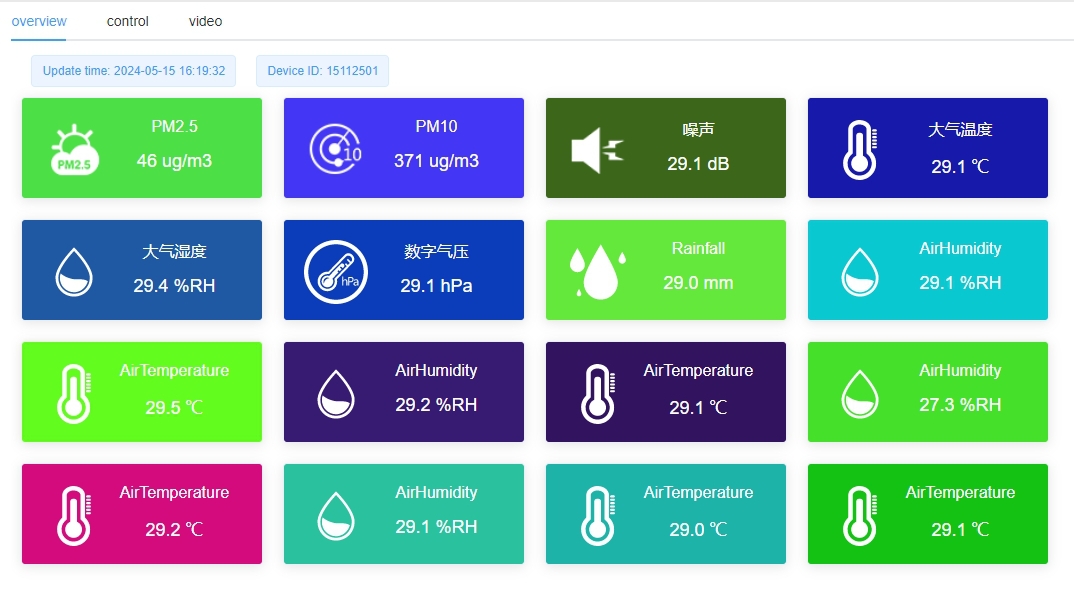
- Function: Used for installing and fixing equipment such as sensors and data acquisition mainframe of the weather station.
- Characteristics: Sturdy design, able to withstand strong winds and harsh weather conditions.
- Function: Receive and store data from the data collector, which can be accessed remotely via wireless or wired network.
- Features: supports data visualization, historical data query and alarm functions, and provides powerful data analysis tools.
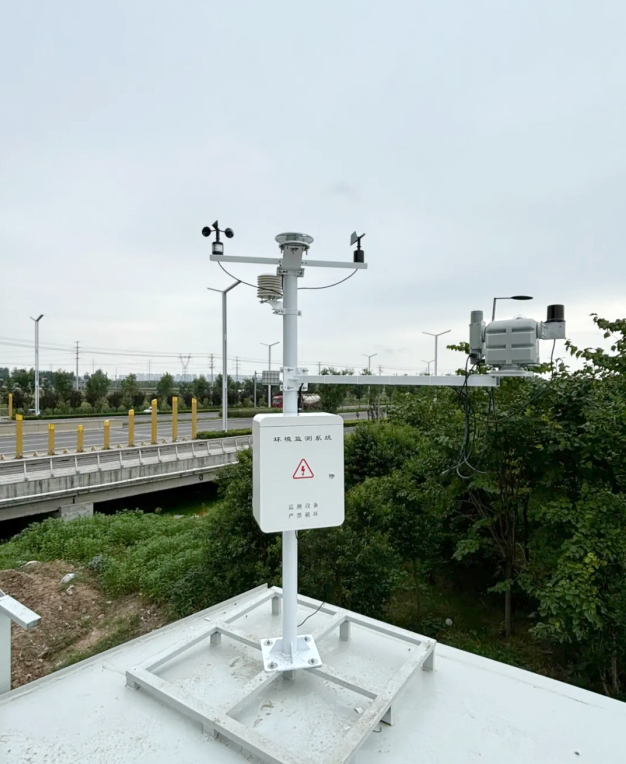
- Power generation prediction: Through real-time monitoring of solar radiation intensity, sunshine hours, etc., it can more accurately predict daily or future power generation, and help develop power scheduling plans.
- Temperature management: Data from module temperature sensors help assess the thermal performance of PV panels, where excessive temperatures can reduce power generation efficiency. Power generation efficiency can be optimized by adjusting the layout or adding cooling measures.
- Heat dissipation and cleaning: Ambient temperature and humidity data guides when to perform module cleaning, reducing shading due to pollution, while optimizing heat dissipation design based on wind speed and direction.
- Safety Early Warning: The monitoring of wind speed and direction prevents extreme weather damage to the structure of the power plant, and timely protective measures are taken to ensure the safety of the equipment.
- Improvement of operation and maintenance efficiency: Through remote monitoring, the operation and maintenance team can make decisions based on real-time data, reduce the frequency of on-site inspections, and realize less or unattended operation and maintenance.
- Troubleshooting: Abnormal environmental data (e.g. sudden temperature rise) may indicate equipment failure, quickly locating the problem and reducing downtime.
- System Optimization: Long-term data collection and analysis can identify the optimal tilt and azimuth angles, adjust the PV array to adapt to seasonal changes, and maximize annual power generation.
- Strategy Adjustment: Adjust O&M strategies in advance before extreme weather (e.g., strong winds, heavy rains) arrives, such as strengthening fixation to ensure equipment safety.
- Provide accurate environmental data: support solar energy research and promote technological progress.
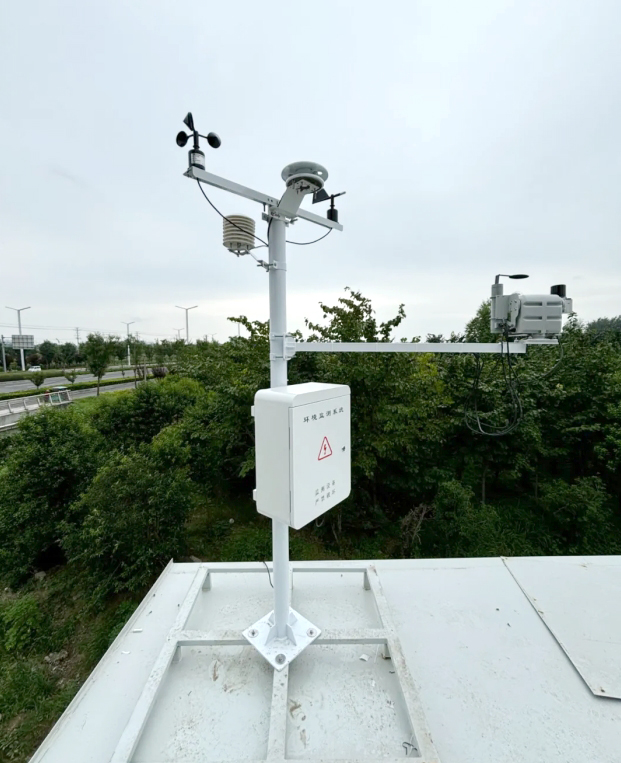
Summary
Small-scale photovoltaic weather station is a powerful and adaptable meteorological monitoring equipment with wide and far-reaching application value. By providing detailed meteorological data, the small-scale PV weather station not only improves the intelligent management level of PV power stations, but also provides solid technical support for the efficient use of renewable energy. We hope that these detailed introductions will be helpful to you! If you have any other questions or need further information, please feel free to contact us.
NBL-W-HPRS-Solar-Radiation-Sensor-Instruction-Manual-V3.0.pdf
NBL-W-SRS-Solar-radiation-sensor-instruction-manual-V4.0.pdf
Related recommendations
Sensors & Weather Stations Catalog
Agriculture Sensors and Weather Stations Catalog-NiuBoL.pdf
Weather Stations Catalog-NiuBoL.pdf
Related products
 Combined air temperature and relative humidity sensor
Combined air temperature and relative humidity sensor Soil Moisture Temperature sensor for irrigation
Soil Moisture Temperature sensor for irrigation Soil pH sensor RS485 soil Testing instrument soil ph meter for agriculture
Soil pH sensor RS485 soil Testing instrument soil ph meter for agriculture Wind Speed sensor Output Modbus/RS485/Analog/0-5V/4-20mA
Wind Speed sensor Output Modbus/RS485/Analog/0-5V/4-20mA Tipping bucket rain gauge for weather monitoring auto rainfall sensor RS485/Outdoor/stainless steel
Tipping bucket rain gauge for weather monitoring auto rainfall sensor RS485/Outdoor/stainless steel Pyranometer Solar Radiation Sensor 4-20mA/RS485
Pyranometer Solar Radiation Sensor 4-20mA/RS485
Screenshot, WhatsApp to identify the QR code
WhatsApp number:+8615367865107
(Click on WhatsApp to copy and add friends)
